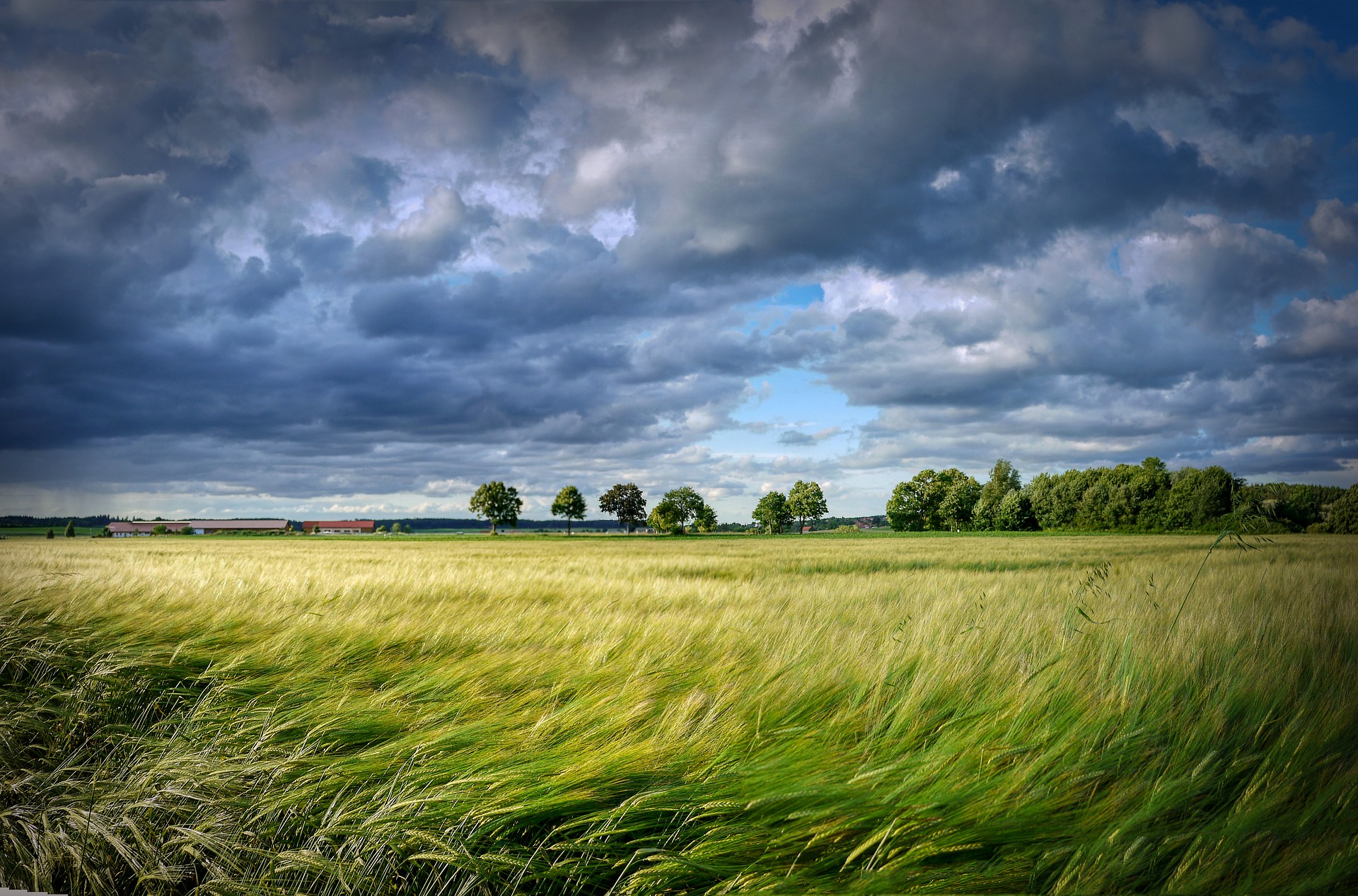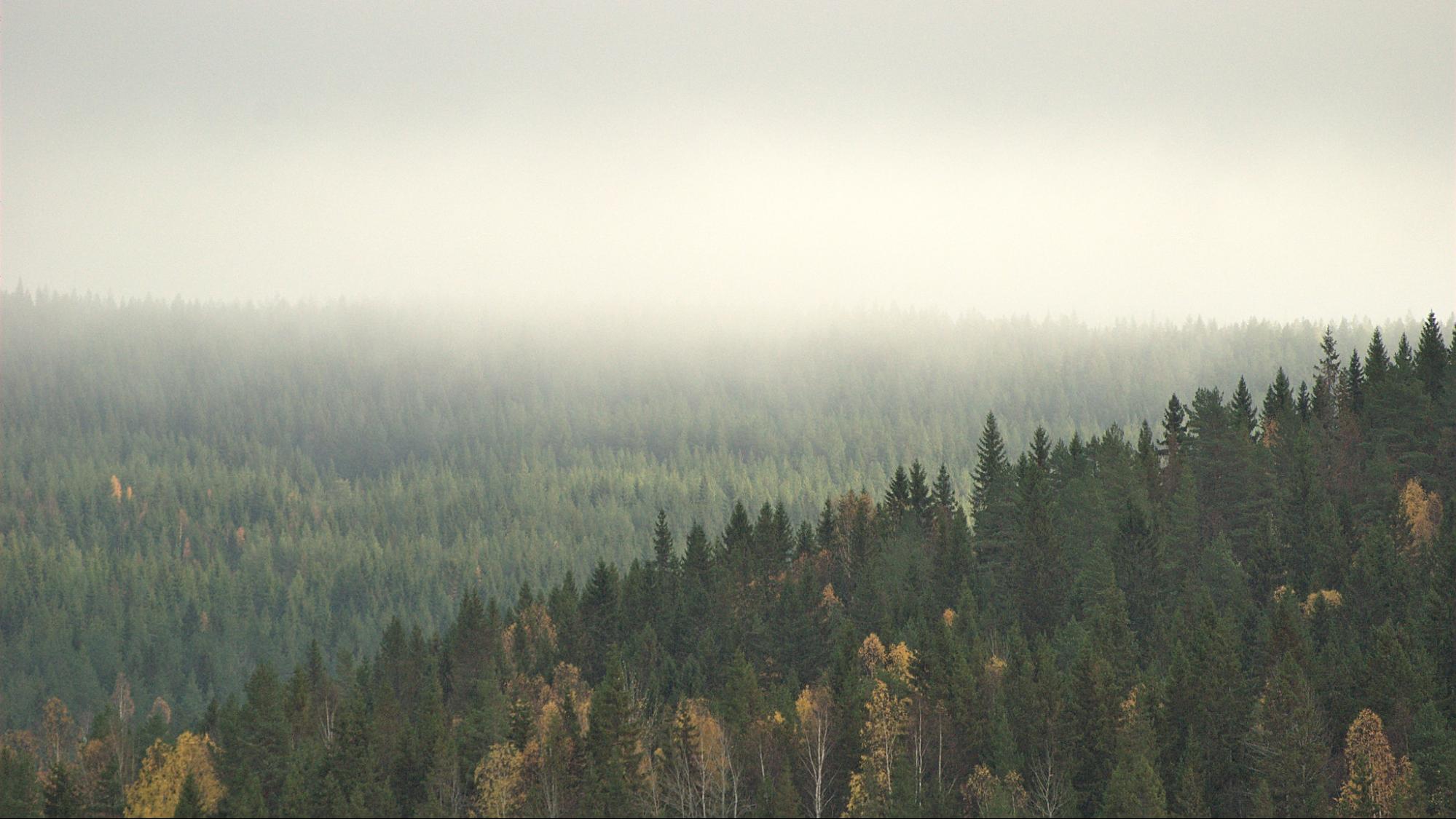To make sustainable tissue: Look to farms, not forests
Our “amber waves of grain” could provide a solution for saving the world’s forests.

Our world’s forests are so immensely important that it is often hard to sum it all up in words. They provide clean drinking water, absorb vast quantities of greenhouse gases, and serve as the home for most of the world’s terrestrial animals. Beyond that, forests are where we go to feel fully immersed in the natural world. It’s where we can find solitude through the quiet mediation of nature.
As difficult as it is to capture the majesty of forests in words, it is equally hard to fully convey how shockingly common the destruction of forests have become. We continue to clearcut vast swaths of forests each year, turning old and new-growth alike into cheap wood products and leaving scars on the ecosystem that last for generations.
Take the Canadian boreal forest, the largest intact forest left in the world, as a prime example. About a million acres of the forest are cut annually, decimating the natural beauty and endangering the caribou, lynx and birds that call the boreal home. This is all the more tragic when you consider the boreal’s softwoods are extracted so that they can be pulped, bleached and turned into toilet paper and paper towels for Americans to use everyday.
This system of transforming forests into toilet paper isn’t just terribly irresponsible, it’s wholly unnecessary. Pulp really doesn’t have to come from trees at all, and so our tissue products really don’t have to either. Advances in alternate fiber technology have come a long way. In fact, if we just pivot from our forests and to our farms we can create more sustainable products. In fact, two years ago, the first commercial “tree-free pulp mill” in North America opened up, making a more sustainable pulp product from a rather common crop — wheat.
Columbia Pulp, the aforementioned “tree-free pulp mill”, is located in southeastern Washington state, an area with a ton of wheat farming. Growing wheat presents a tough dilemma for some farmers, as disposing of the leftover straw after harvest can be difficult. In some cases, farmers burn the wheat-straw, which is not an ideal method as it releases a large amount of climate-damaging smoke and carbon dioxide into the atmosphere.
The pulp mill provides a better alternative for the farmers by buying up the leftover straw and turning it into pulp. Paper product companies then purchase this wheat pulp and manufacture it into paper, cardboard and tissues. In addition to providing a great option for farmers to get rid of waste, the mill is helping to keep forest fiber out of disposable products.
The mill estimates that by getting producers to use less wood pulp, it is stopping around 70,000 trees from being logged each year and is preventing 133,000 metric tons of carbon dioxide from being released into the atmosphere. And that’s just at one mill. The company has plans to expand and build more mills, which will both provide more farmers with a market for their wheat straw and increase the company’s pulp product.
It’s a true win-win situation. Now, all we need is major tissue companies to start shifting their supply chains out of forests and into our fields. Whether it be wheat, bamboo or hemp, an alternative fiber supply chain will help stop the vast clearcutting of our forests like the boreal.
We need to embrace innovative efforts to reduce the amount of trees that we log each year .Our forests are the best solutions we have to removing excess carbon from our atmosphere and staving off the worst effects of the climate crisis.
Topics
Authors
Ian Corbet
Find Out More

The rise of sustainable guitars: How an industry is innovating to save our forests

21,622 Americans call on The Home Depot to protect our forests

What are Scope 3 emissions?

